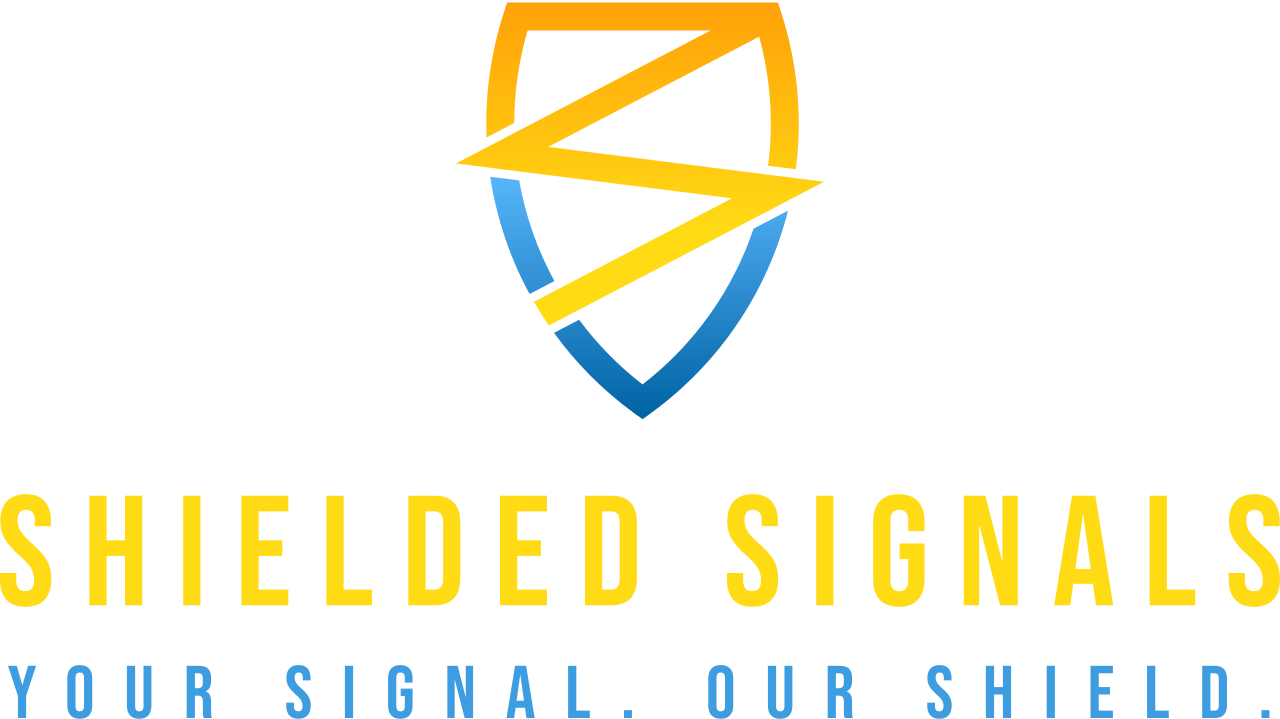Above the Clouds, Below the Radar: Why Satellite Comms Aren’t as Private as You Think
For years, satellite communication has carried a reputation for being “secure.” After all, how could anyone possibly eavesdrop on something bouncing off space? But as researchers at the University of California San Diego recently showed, the reality is quite the opposite! and it should give everyone who depends on satellite connectivity a reason to pause.
Their project, SATCOM: The Open Sky used nothing more than consumer-grade antennas and software-defined radios (SDRs) to intercept satellite transmissions across multiple systems. What they found wasn’t sophisticated cyberwarfare or secret hacking — it was routine data, in plain text, floating down from orbit.
Unencrypted telemetry. Private corporate traffic. GPS correction data. Even maritime and aviation transmissions. all captured legally from the ground, using gear that anyone could buy online.
The Illusion of Privacy
Most users assume that distance equals security. because a signal goes 22,000 miles up to a satellite, it’s somehow immune to interception. But radio waves don’t care about distance; they care about access. If a satellite can hear your uplink and you can receive its downlink, anyone else with the right equipment can do that too. And if that signal isn’t properly encrypted, you might as well be shouting it into the air with a megaphone.
Many satellite systems (especially legacy ones still in operation today) rely on outdated or proprietary encryption methods. Some don’t use encryption at all. It’s a dangerous oversight in a time when SDR hardware and demodulation software are cheap, powerful, and readily available.
Why This Matters
Satellite systems are the backbone of global logistics, emergency management, and defense communications. When these links are insecure, sensitive information can be intercepted, analyzed, and even spoofed — all without touching a network cable or firewall.
For individuals, businesses, and organizations who assume “satellite = private,” this revelation should be a wake-up call. Privacy and security aren’t defined by altitude; they’re defined by architecture. If your communications aren’t encrypted with modern algorithms and properly managed keys, you’re not private — you’re exposed.
Our Take at Shielded Signals
At Shielded Signals, we approach radio from the opposite direction: assume the airwaves are hostile. Whether you’re communicating over a few miles or across a region, our AES-256 encrypted two-way radios keep your voice and data confidential, resilient, and independent of fragile infrastructure.
We don’t depend on satellites, cell towers, or the internet. Our network runs on licensed VHF spectrum, under strict control, and every customer has their own encryption keys: unique, private, and never shared. Even if someone records your signal, they’ll get nothing but noise.
Because in the real world, privacy isn’t about where your signal goes — it’s about what it reveals when it gets there.
